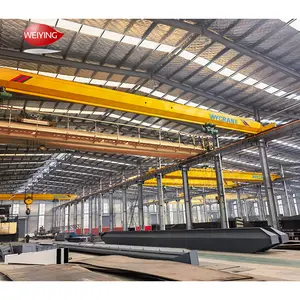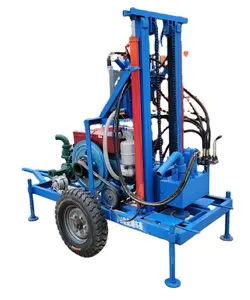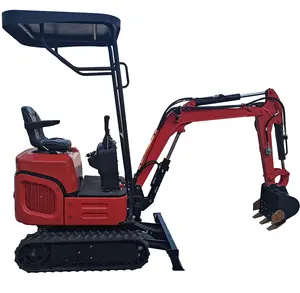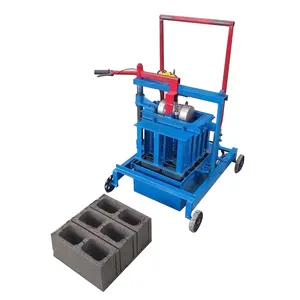Popular in your industry













































































Related Searches:



































































































































Top categories
About cement mixer gear
The cement mixer gear is an essential component in a cement mixer that ensures efficient and consistent mixing of cement, water, and aggregate to produce high-quality concrete. It plays a critical role in transferring power from the motor to the drum to rotate the mixing blades. The concrete mixer gear is typically made of durable materials such as steel or cast iron to withstand the heavy loads and stresses associated with the mixing process. It is designed with precision-cut teeth or cogs that mesh together to transmit rotational force smoothly and reliably. In addition, the cement mixer gear is available in various sizes and configurations to suit different types and sizes of cement mixers.
Types of cement mixer gears
There are different types of cement mixer pinion gears, each designed for specific applications and operational requirements. The helical gear is one of the most common types. It features angled teeth that allow for smooth and quiet operation. The helical gear is ideal for applications where noise reduction and high torque transmission are essential. The spur gear is another commonly used type. It has straight teeth that are mounted parallel to the gear's axis. Spur gears are known for their simplicity and cost-effectiveness. They are suitable for applications where high speed and moderate torque are required. The bevel gear is designed with cone-shaped teeth that allow for the transmission of motion between non-parallel shafts. Bevel gears are often used in cement mixers where the motor and the drum are not in line. The planetary gear system consists of multiple gears, known as planetary gears, that rotate around a central gear. This configuration provides high torque and compact design, making it suitable for heavy-duty cement mixers.
Applications of cement mixer gears
The applications of cement mixer gears are not limited to only the construction industry. They also find use in various applications where the homogeneous mixing of materials is essential. In the agricultural sector, cement mixer gears are used in the manufacturing of animal feed. These gears ensure the uniform blending of different feed components, contributing to the overall health and well-being of livestock. In the food industry, cement mixer gears play a crucial role in the production of processed foods. They are used in mixing ingredients to create consistent food products, such as sauces, batters, and doughs. In the pharmaceutical industry, these gears are employed in the manufacturing of medication. They facilitate the precise blending of active pharmaceutical ingredients with excipients to ensure the uniform distribution of the drug components. The aerospace industry also utilizes cement mixer gears in the production of composite materials. These gears are involved in the mixing of resin and reinforcement fibers to create lightweight and durable components for aircraft and spacecraft.
Benefits of using cement mixer gears
The use of cement mixer gears offers numerous advantages, making them indispensable in the manufacturing sector. They improve efficiency by ensuring a homogeneous mixing process, resulting in high-quality end products. The customizable design of cement mixer gears allows for their adaptation to various industrial applications, enhancing operational flexibility. Additionally, these gears contribute to cost savings by reducing material wastage and minimizing the need for manual labor. Their robust construction and ability to withstand heavy loads ensure long-term durability and reliability, reducing maintenance requirements. Furthermore, the precise and consistent mixing achieved by cement mixer gears enhances product quality and compliance with industry standards. Ultimately, the utilization of these gears leads to streamlined operations, increased productivity, and the production of superior finished goods across diverse manufacturing sectors.














































